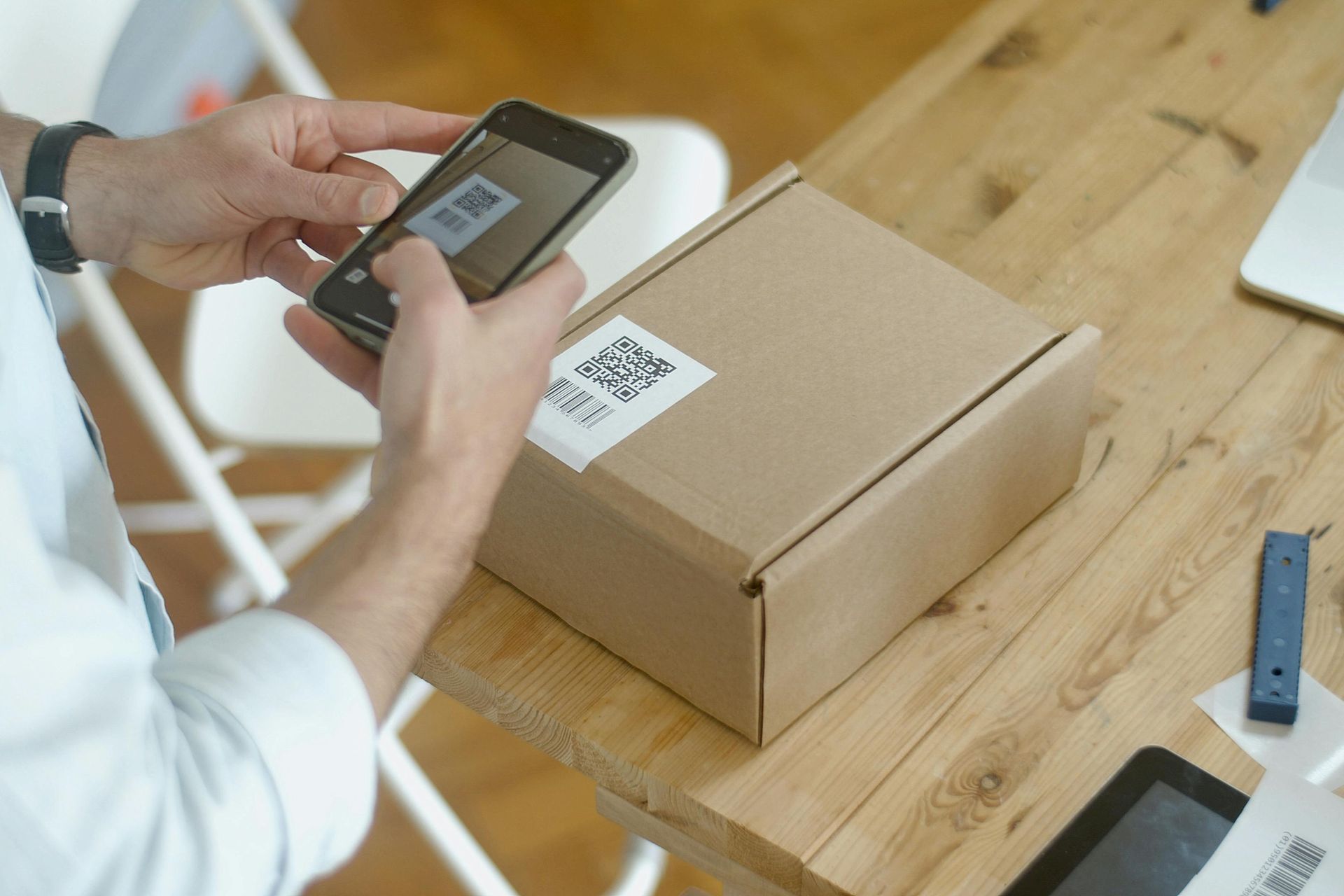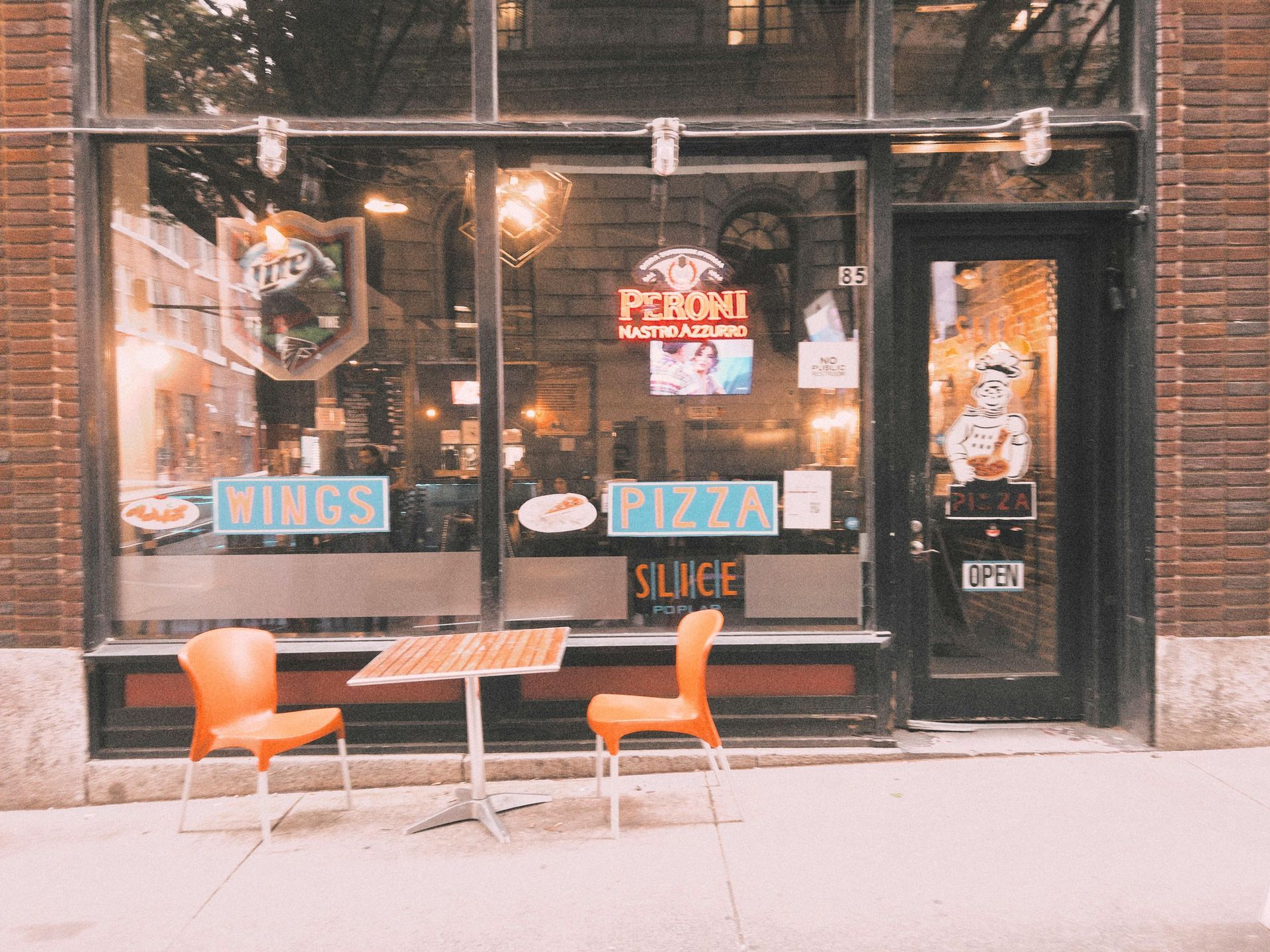8 Innovative Ways to Use QR Codes in Your Marketing Strategy
8 Innovative Ways to Use QR Codes in Your Marketing Strategy

QR codes have become a versatile tool in modern marketing. Their ability to bridge the offline and online worlds offer opportunities for creative and effective marketing strategies. Below we've linked 8 innovative ways to incorporate QR codes into your marketing efforts for engaging customers and working towards business goals.
1. Interactive Product Packaging
Turn your product packaging into an interactive experience by adding QR codes. Scanning the code can lead customers to how-to videos and user manuals. This provides valuable information that can influence purchasing decisions.
2. Exclusive Content and Offers
Reward your loyal customers with exclusive content and offers accessible only via QR codes. These can be placed in emails, direct mail, or physical store locations. This tactic creates a sense of exclusivity and encourages repeat engagement with your brand.
3. Enhanced Print Advertising
Add a digital dimension to your print ads by incorporating QR codes. Readers can scan the codes to access additional content, such as video demonstrations, customer testimonials, or interactive surveys. This strategy also provides measurable engagement metrics.
4. Event Engagement
Use QR codes to enhance event experiences. Attendees can scan codes to register, access event schedules, participate in polls, or enter contests. This streamlines event logistics and keeps attendees informed throughout the event.
5. Social Media Integration
Boost your social media presence by linking QR codes to your profiles or specific campaigns. For instance, a QR code on your business card or product packaging can lead directly to your Instagram or Facebook page, encouraging customers to follow and engage with your brand online.
6. Customer Feedback
Gather valuable customer feedback quickly and easily by placing QR codes on receipts, product packaging, or at checkout points. Scanning the code can direct customers to a survey or feedback form, providing you with actionable insights to improve your offerings.
7. In-Store Navigation
Enhance the in-store shopping experience with QR codes that provide store navigation and product information. Customers can scan codes placed on shelves to learn more about products, check availability, or find related items, making their shopping journey more convenient and informed.
8. Interactive Posters and Promotional Signage
Passersby can scan codes on posters and promotional signage to access promotional videos, download apps, or enter contests. This provides a direct call-to-action for immediate interaction.
BONUS: Augmented Reality Experiences
We thought it would be fun to add this one bonus way in which you can incorporate QR codes into your marketing campaign. Did you know you can integrate QR codes with augmented reality (AR) to create immersive experiences? For example, customers can scan a QR code on a print ad to see a 3D model of a product or an AR animation. This captivating use of technology can make your brand stand out and engage users in a memorable way.
All in all, QR codes offer a dynamic way to connect with customers and enhance their interaction with your brand. Integrating these innovative strategies into your marketing plan can create unique and engaging experiences that promote higher chances of consumer attention and conversion. As technology continues to evolve, staying ahead with creative QR code applications can keep your marketing efforts fresh and impactful.



